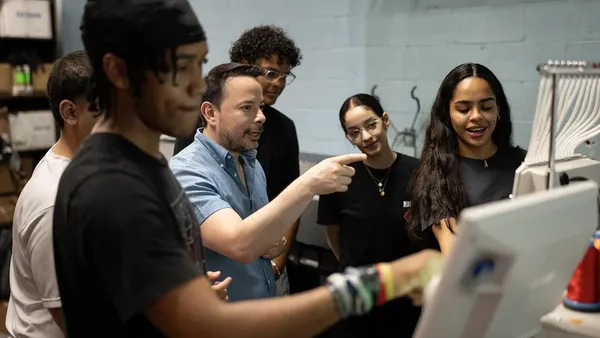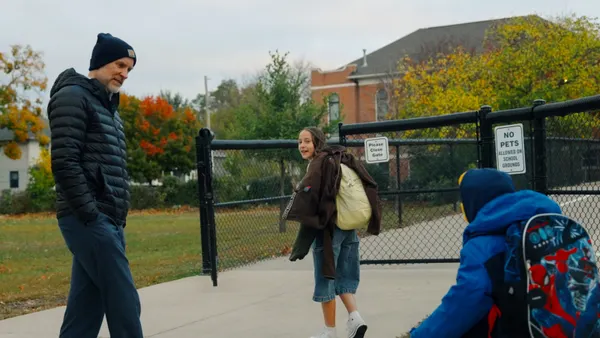Dive Brief:
- Ashleigh Ziehmke wants her students to view math as a skill they can learn, no matter their ability when they start in her class, so she has them walk through three steps during the school year to get to this mindset — even defining what growth actually means, she writes for SchoolNews.
- Ziehmke also assigns her students reading material, including Kobi Yamada’s book “What Do You Do With a Problem,” and has children work with the gaming program Matific to help them push forward and challenge themselves.
- Finally, Ziehmke follows student progress in the Matific program so she can see where they may need some help, giving students personalized assignments so they can continue to develop skills and feel good about their own progress.
Dive Insight:
Learning is a series of trying, failing and trying again. We can’t learn to walk without falling on our backsides (quite) a few times. Something happens to children, however, when they enter school — learning can turn into path of right and wrong. The joy of discovery or of trying can get lost as grades and scores become the only goal.
Administrators and curriculum designers are attempting to rectify the byproduct of an all-or-nothing mindset by integrating social-emotional learning (SEL) skills into schools and classrooms. While some may discount the option as touchy-feely, the results are very clear: A meta-study of more than 270,000 students in 2011 revealed that those students who participated in an SEL program showed academic gains of 11%, Education Dive reported earlier this year.
Doing well is certainly a great feeling for students and adults alike. Teaching children to uncover the wonderment of learning, while also developing a bit of grit and perseverance as they make their way through school, can only help them as they step outside of the school yard and into the rest of their lives.





 Dive Awards
Dive Awards





